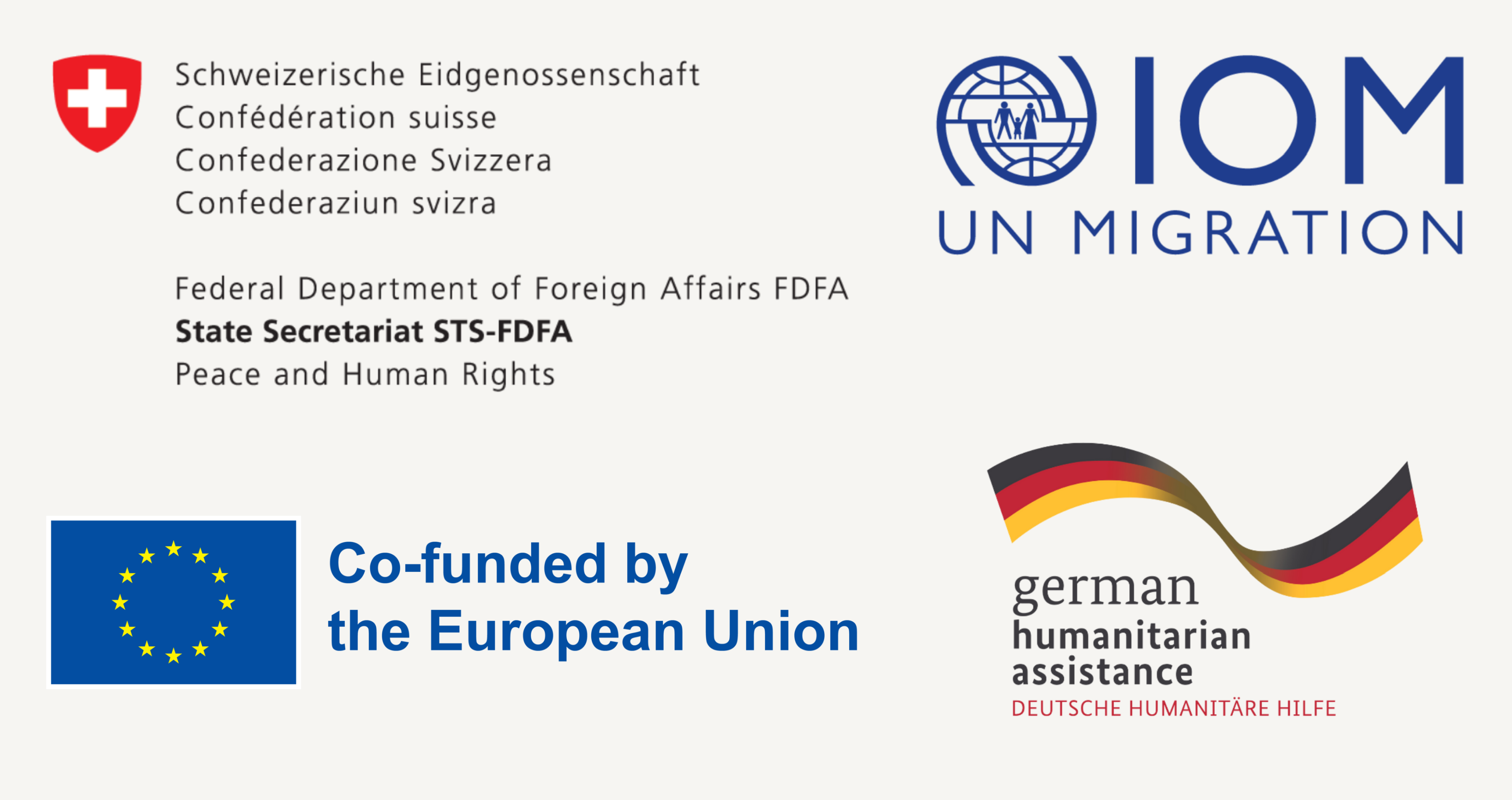
This section contextualizes publicly available data to understand the various mobility dimensions of the crisis in Sudan since 15 April.
KEY FACTS & FIGURES
- Sudan faces currently the world's largest internal displacement crisis.
- Over 7.1 million persons have been internally displaced since 15 April 2023. Prior to that, Sudan had already hosted an estimated 3.8 million internally displaced persons.
- Additionally, over 2.1 million people have been displaced across borders, mainly into neighbouring countries.
- Over half of Sudan’s population (24.8 million people) is in need of humanitarian assistance.
- Between October 2023 and February 2024, 17.7 million people in Sudan faced high levels of acute food insecurity. If the current crisis continues, the number could further increase.
This spotlight section was last updated on 7 June 2024.

On 15 April, prior tensions between the Sudanese Armed Forces (SAF), led by General Abdel-Fattah Burhan, and the Rapid Support Forces (RSF), led by General Mohammed Hamdan Dagalo, escalated into a violent conflict in Khartoum and several other cities across Sudan, leading to more than 2.1 million mixed cross-border movements from Sudan and over 7.1 million new internal displacements within Sudan.

Over 2 million mixed cross-border movements and more than 6.6 million new displacements within the country have already been recorded since 15 April and if the fighting continues and basic necessities remain inaccessible, humanitarian partners estimate that those figures will continue to increase.
Disclaimer: This webpage curates public information and data. The opinions expressed in this webpage are those of the authors and do not necessarily reflect the views of the International Organization for Migration (IOM), nor its Member States and other stakeholders. The designations employed and the presentation of material throughout the webpage do not imply expression of any opinion or endorsement whatsoever on the part of IOM, its Member States and other stakeholders concerning the legal status of any country, territory, city or area, or of its authorities, or concerning its frontiers or boundaries. While the portal section has been made possible with funding from the U.S. Department of State: Bureau of Population, Refugees, and Migration, the European Union, the German Federal Foreign Office and the Federal Department of Foreign Affairs (FDFA) Switzerland, the contents on this section do not necessarily reflect their official policy or position.















